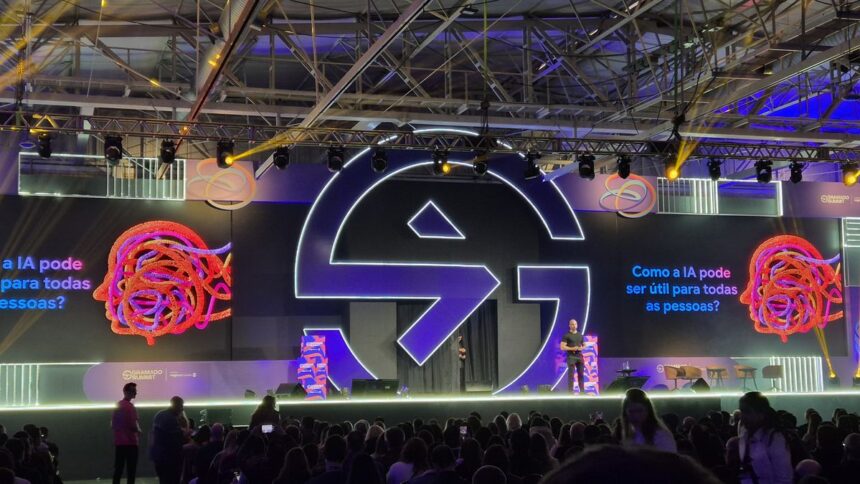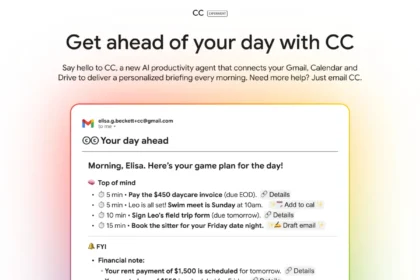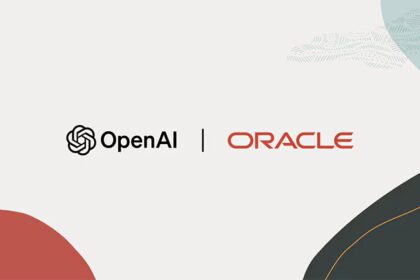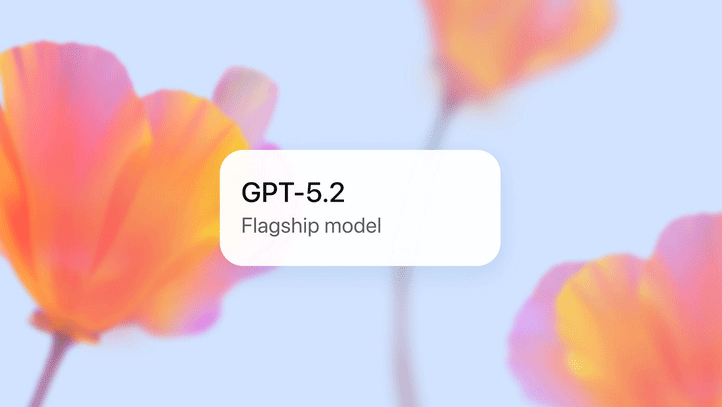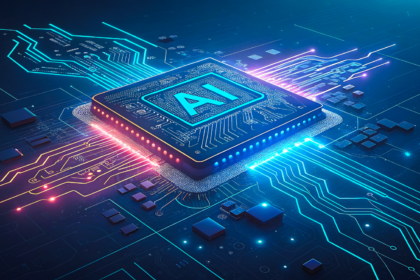On the main stage at Summit 2025, Marcel Silva — Head of AI, GTM, and Sales for Google in Latin America — shared insights into the growing role of artificial intelligence in modern business. During a panel focused on Google Cloud solutions for startups, Silva outlined how AI is shaping the future and accelerating the pace of innovation across industries.
He emphasized the need to integrate AI thoughtfully — combining continuous learning, human creativity, and a secure, responsible framework. “Everything we build at Google Cloud is guided by three core principles: bold innovation, responsible development, and collaborative progress,” Silva told the audience.
Addressing a crowd made up of both large enterprise and startup representatives, Silva highlighted a range of Google tools designed to help businesses operate more efficiently, with smarter workflows, faster execution, and better organization. These solutions, he noted, are tailored to support companies of all sizes as they navigate the evolving digital landscape.
Google tools to speed up business work
1. Notebooklm
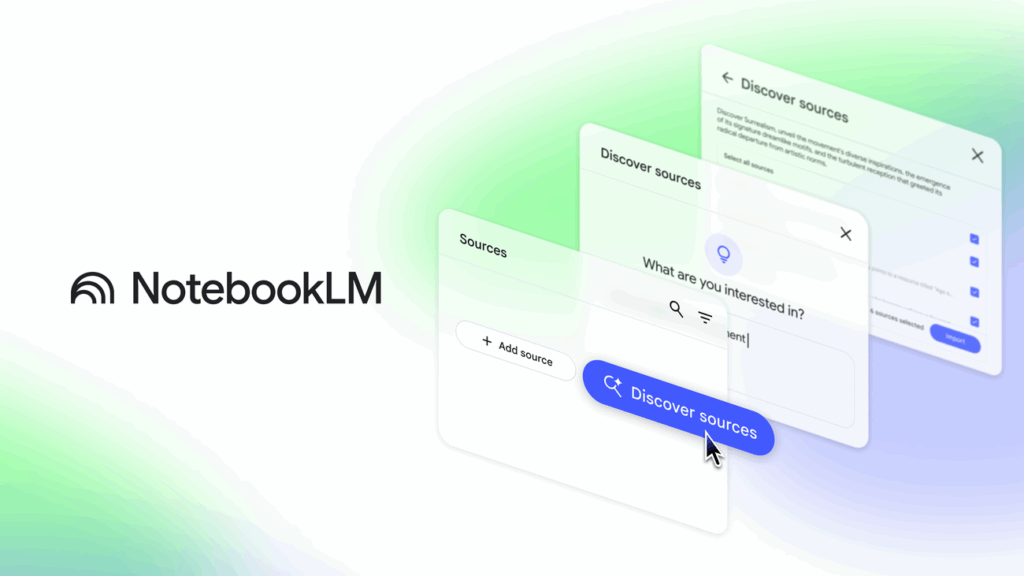
NotebookLM, a virtual assistant tool, is designed to handle large volumes of data, whether it’s audio, text, or video, and transform it into useful content like summaries, study guides, FAQs, or even podcast scripts. The platform is available in English and, according to Marcel Silva, can be a powerful ally for organizing tasks and streamlining workflows in professional settings.
2. Google AgentSpace
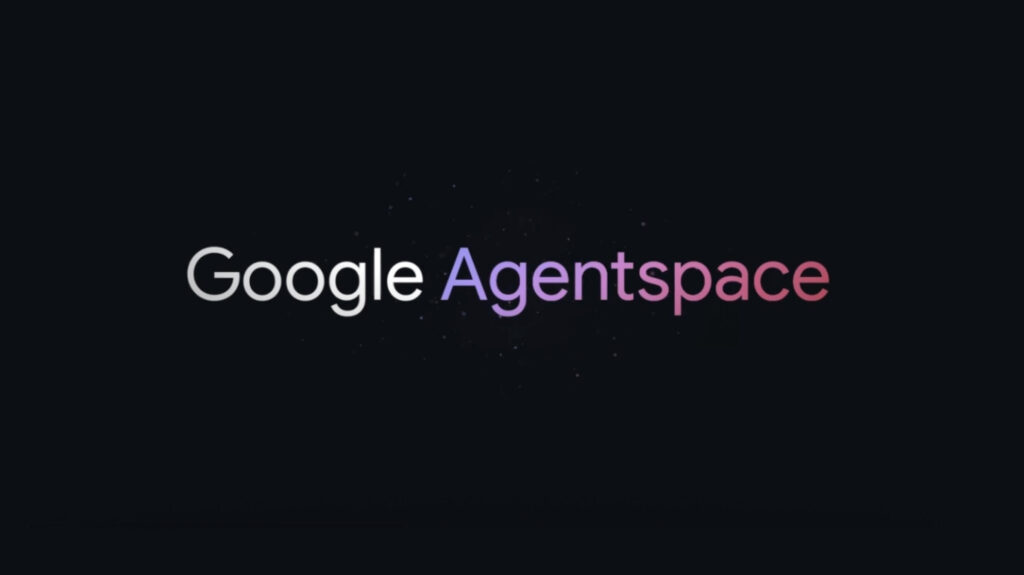
Google’s AgentSpace platform is built for running AI agents in a secure, enterprise-ready environment. It allows seamless integration with various internal systems, including Microsoft’s business collaboration tools and Slack, enabling internal searches and task automation across platforms.
According to Marcel Silva, Head of AI, GTM, and Sales for Latin America, companies can choose from Google’s pre-built AI agents or deploy custom-developed ones tailored to their specific needs. The goal is to make enterprise operations smarter, more connected, and secure by design.
3. Gemini 2.5
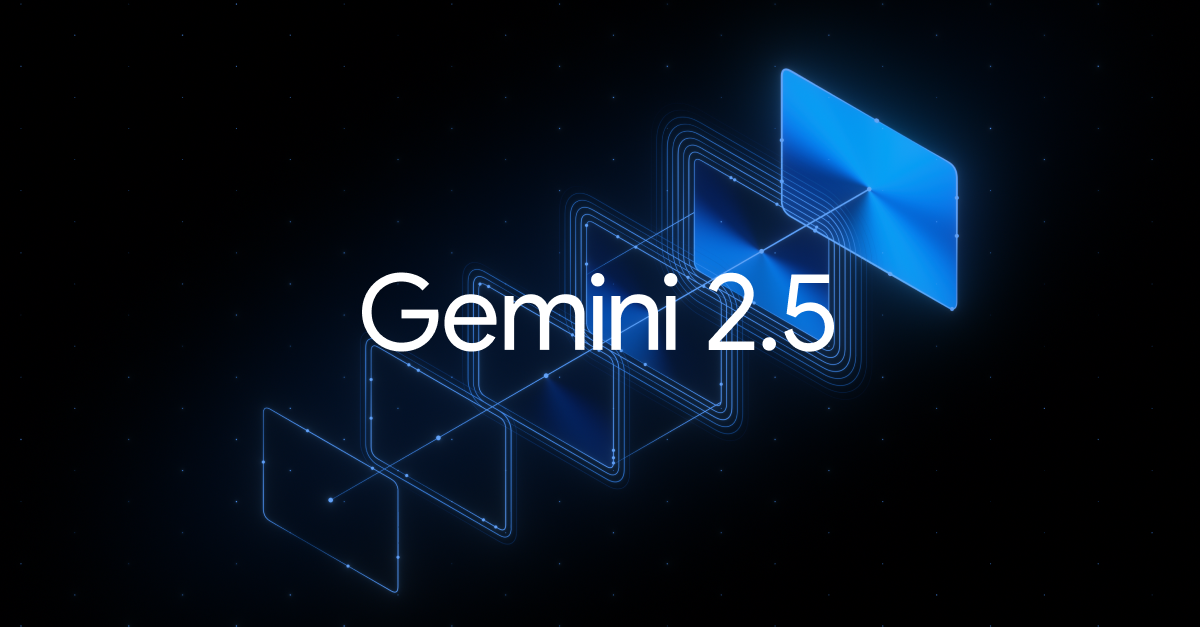
Marcel Silva also introduced the latest and most advanced version of Gemini, Google’s flagship AI model. According to Silva, Gemini is capable of handling a wide range of tasks — from generating code and solving logical problems to tackling challenges in math and science.
What sets Gemini apart is its multimodal capability. This means users can interact with it not only through text but also via images, video, and other formats, creating a more flexible and dynamic experience across different types of content.
4. Imagen 4
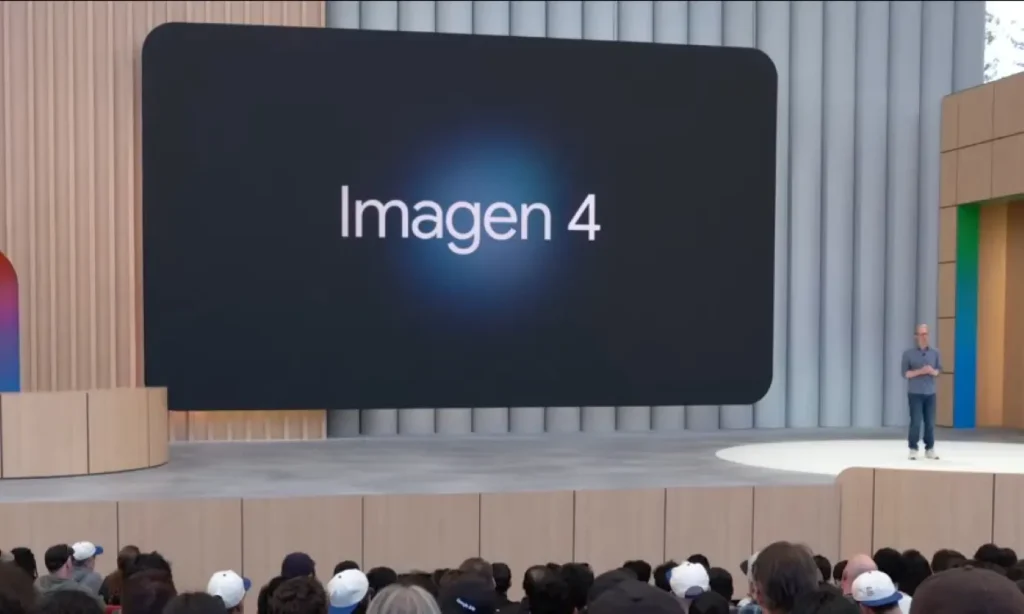
Another standout AI tool from Google is Imagen, a platform that converts text into images with remarkable precision. It also includes editing tools and background removal features, making it especially useful for businesses creating product catalogs or offering virtual try-ons in customers’ homes.
As Marcel Silva explained, the key to unlocking this creative power is crafting the right prompt. “Imagine using it for a restaurant’s marketing campaign, a fitness fashion brand, or even those offbeat ideas that only AI can help bring to life,” he said.
5. Veo 3

Google’s AI capabilities are also making waves in video generation. The latest version of Veo, now in its third generation, can transform text and static images into high-quality, realistic videos — complete with sound and voice.
According to Marcel Silva, Veo offers advanced features like image interpolation, camera movement, and the creation of dynamic video sequences. These tools not only enhance visual storytelling but also open up new possibilities for content creators looking to produce engaging, professional-grade videos with ease.

